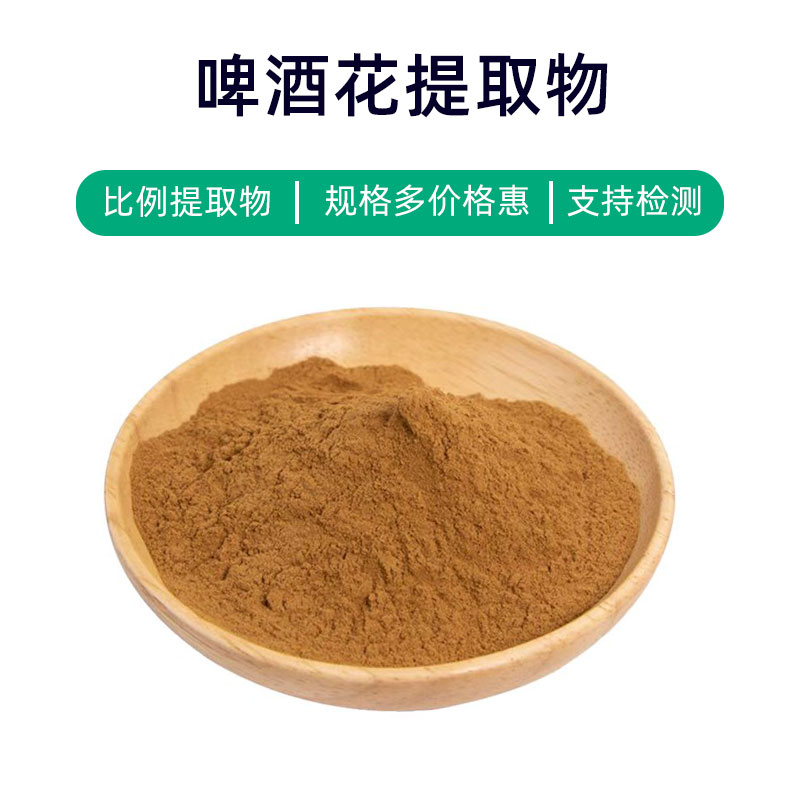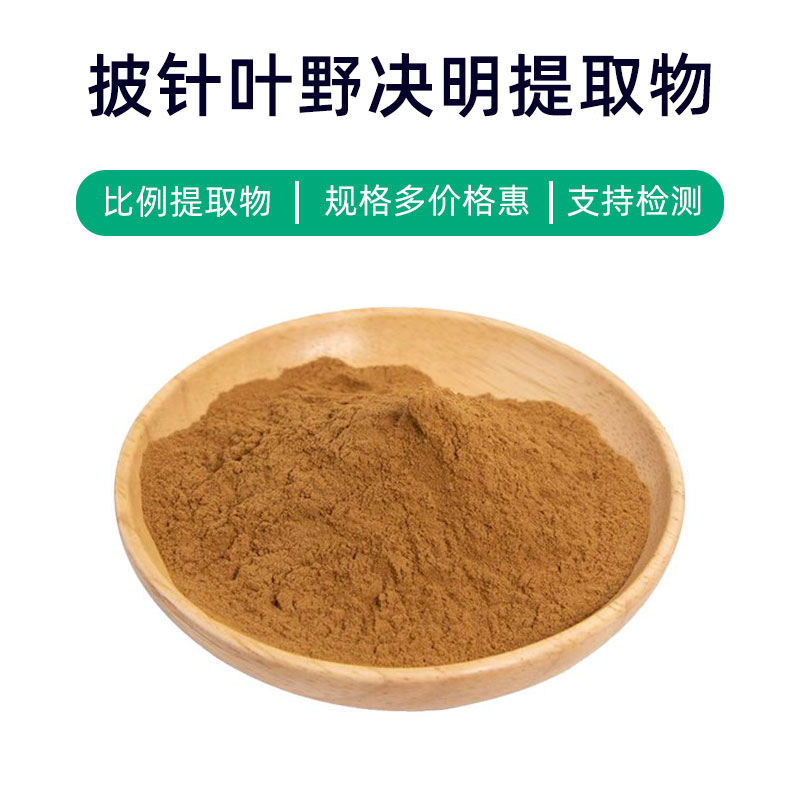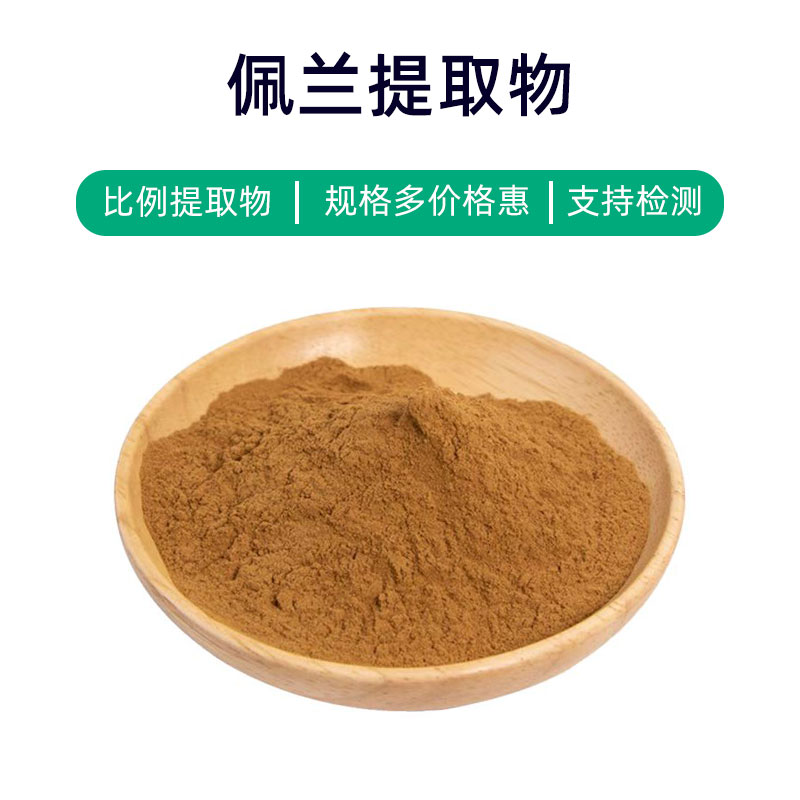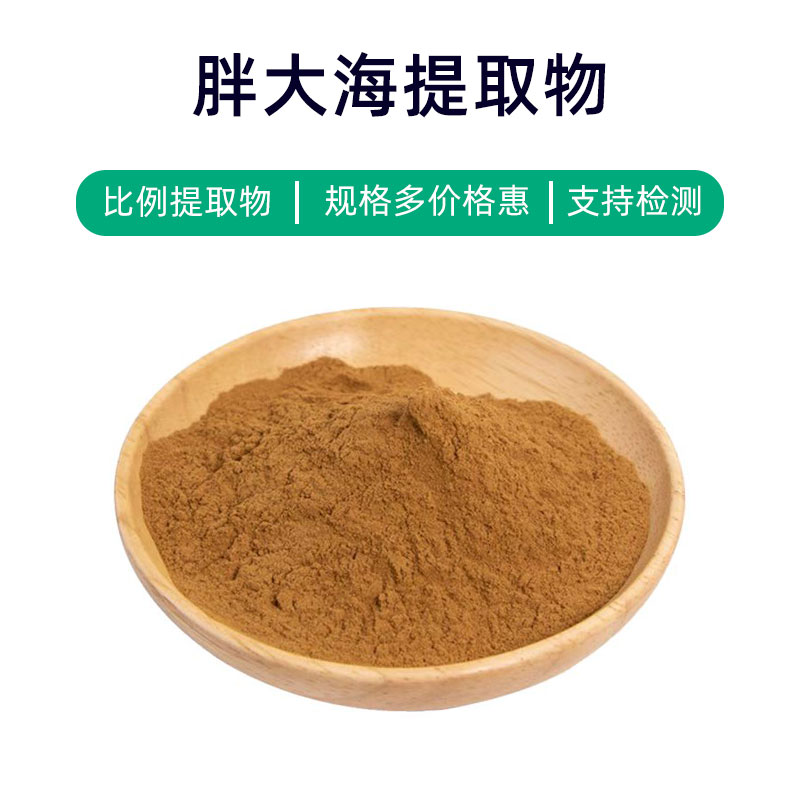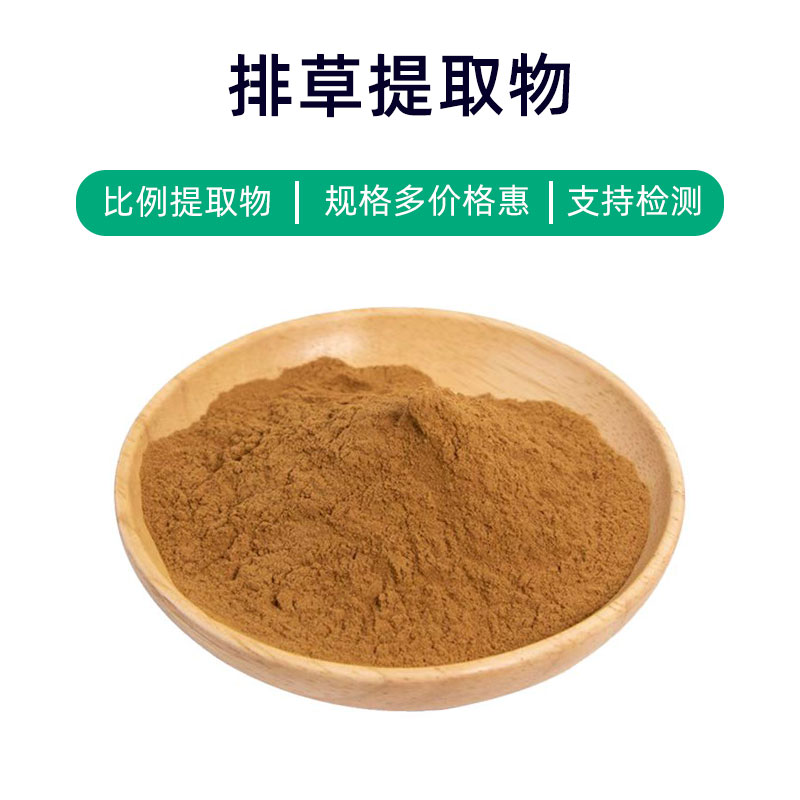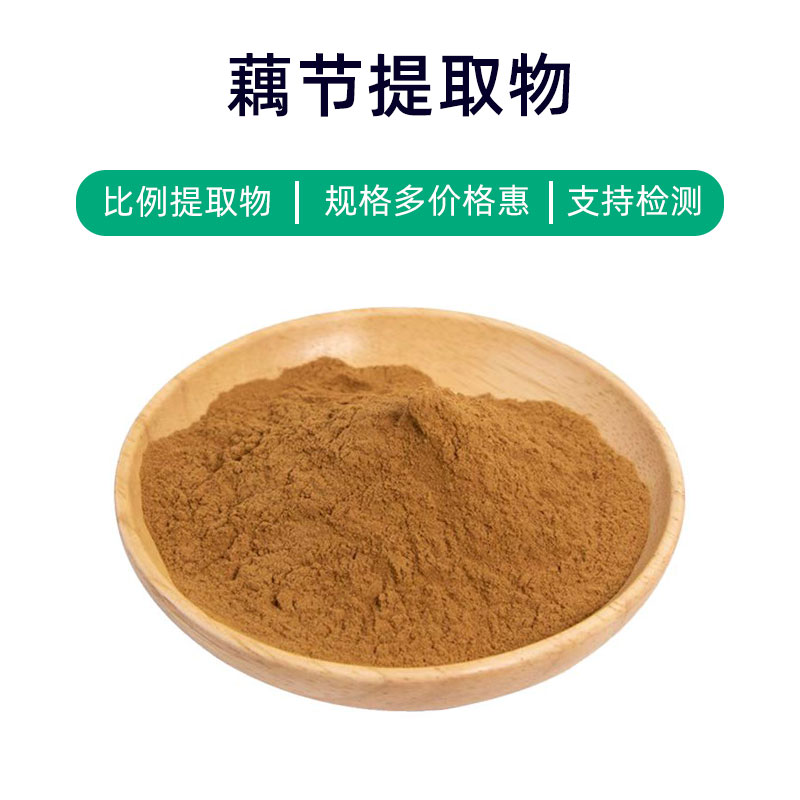Bitter Almond Extract Product Introduction
Bitter almond extract is a natural plant extract derived from the seeds of bitter almonds. Its main components include cyanide and amygdalin, among other active ingredients. Its efficacy is evident in various applications across the pharmaceutical, food, and cosmetic industries. In pharmaceuticals, bitter almond extract is widely used in medicinal formulations, known for its sedative, cough suppressant, and expectorant properties, commonly utilized in cough syrups and medications. In the food industry, bitter almond extract is often used as a bitter flavoring agent, imparting a unique bitter taste to products like bitter chocolate and cookies. Additionally, it is widely used in cosmetics as a fragrance ingredient, providing aromatic qualities in perfumes, soaps, and other products. Overall, bitter almond extract holds significant application value across various fields, but careful dosage control is necessary to avoid adverse reactions.
Bitter Almond Extract Production Process
The production process of bitter almond extract mainly involves the following steps:
- Raw Material Preparation: Select fresh bitter almond seeds ensuring their quality and purity. Conduct initial cleaning and sorting to remove impurities.
- Crushing and Grinding: Grind the cleaned bitter almond seeds into a fine powder to enhance extraction efficiency.
- Extraction: Use appropriate solvents (such as ethanol or ethyl acetate) for extraction, adequately mixing the bitter almond powder with the solvent, followed by maceration or reflux extraction to dissolve the active components.
- Filtration and Separation: Filter or centrifuge the extract to separate the suspended solids and the dissolved active ingredient solution, yielding the extract.
- Concentration and Evaporation: Concentrate the extract by evaporating excess solvent to obtain concentrated bitter almond extract.
- Crystallization and Purification: Purify the extract through crystallization or recrystallization methods, removing impurities and enhancing purity.
- Drying: Dry the purified bitter almond extract to eliminate residual moisture, resulting in a dry powder form.
- Packaging: Package the dried bitter almond extract in sealed containers to prevent moisture and contamination, preserving its stability and activity.
These process steps can be adjusted and optimized based on specific production requirements and equipment conditions to ensure the production of stable, high-purity bitter almond extract.
Effects and Side Effects of Bitter Almond Extract
Bitter almond extract is a commonly used herbal extract known for various effects and functions, primarily including:
- Blood Sugar Reduction: Rich in amygdalin, bitter almond extract can promote insulin secretion and enhance insulin sensitivity, thereby lowering blood sugar levels and offering therapeutic effects for diabetes.
- Lipid Reduction: Certain active components in the extract can regulate blood lipids, lowering cholesterol and triglyceride levels in the blood, preventing cardiovascular diseases.
- Anti-inflammatory and Antimicrobial Effects: The extract contains various compounds with anti-inflammatory and antimicrobial properties that can inhibit inflammatory responses and bacterial infections, assisting in treating infectious and inflammatory diseases.
- Antioxidant Effects: Polyphenolic compounds in bitter almond extract exhibit strong antioxidant activity, helping to eliminate free radicals in the body, reducing oxidative stress damage, and slowing the aging process.
- Weight Loss Effects: Some components in the extract are believed to regulate fat metabolism, promoting the breakdown and metabolism of fats, aiding in weight reduction and body fat regulation.
Despite its multiple benefits, bitter almond extract also poses potential side effects and precautions:
- Toxicity: The presence of cyanide and other toxic components means that prolonged or excessive use can lead to poisoning symptoms, including dizziness, nausea, and vomiting, potentially threatening life.
- Allergic Reactions: Some individuals may experience allergic reactions to components in bitter almond extract, including skin itching, rashes, and breathing difficulties, necessitating caution regarding personal allergy history.
- Contraindication for Children and Pregnant Women: Due to its toxicity, children, pregnant women, and nursing mothers should avoid use to prevent adverse health effects.
- Dosage Control: Use bitter almond extract according to medical advice or product instructions, strictly controlling the dosage to avoid adverse reactions.
In summary, bitter almond extract has multiple benefits and effects, but attention to safety and dosage control during use is essential to avoid adverse reactions and toxicity. It is recommended to use it under medical guidance, following professional advice to ensure safety and efficacy.
Applications and Dosage of Bitter Almond Extract
Bitter almond extract has a wide range of applications in pharmaceuticals, food, and cosmetics. Below are the application scenarios and dosage for these fields:
- Pharmaceuticals:
- Application Scenario: Bitter almond extract is primarily used in the treatment of diabetes, cardiovascular diseases, and inflammatory conditions.
- Dosage: Typically used as a traditional herbal ingredient, formulated into granules, pills, or oral liquids. The dosage should be based on doctor guidance, generally recommending 3-9 grams for adults, taken 2-3 times a day.
- Food Industry:
- Application Scenario: Bitter almond extract is commonly used as a flavoring agent in the food industry, used in the production of chocolate, candies, and cookies.
- Dosage: Generally used in small amounts, added according to the formulation requirements in food production processes, typically ranging from 0.1 to 0.5 grams of bitter almond extract per kilogram of food.
- Cosmetics:
- Application Scenario: In cosmetics, bitter almond extract is often used as an antioxidant, moisturizer, and whitening agent, with effects in anti-aging and reducing pigmentation.
- Dosage: Usually added to skincare products, masks, emulsions, and others, with a dosage based on formulation requirements, generally 0.1-1% of the total product formulation.
Overall, while applications of bitter almond extract vary across different domains, it is crucial to use it appropriately according to product formulations and usage requirements to avoid excessive use or misuse that could lead to adverse reactions. During use, it is advisable to adhere to relevant regulations and standards to ensure product safety and efficacy.
Overview of the Plant Source, Distribution, and Growth Environment of Bitter Almond Extract
Bitter almond extract comes from the bitter almond (Prunus dulcis var. amara), a variety of the almond tree, belonging to the Rosaceae family and Prunus genus. Below is a detailed description of the plant source, distribution, and growth environment of bitter almond extract.
- Plant Introduction:
Bitter almonds (Prunus dulcis var. amara) are a variant of the almond tree, and compared to sweet almonds (Prunus dulcis var. dulcis), bitter almonds contain amygdalin, which gives them a bitter taste. Bitter almond trees are tall with long, pointed leaves, and the fruit is a drupe containing a single seed. - Distribution:
Bitter almonds are primarily found in the Mediterranean region, Southern Europe, Western Asia, and Northern Africa, particularly in countries like Turkey, Italy, and Spain. These areas have warm climates and plenty of sunlight, conducive to the growth and fruiting of bitter almonds. - Growth Environment:
Bitter almonds prefer warm, dry climates and are adaptable to various soils but grow best in well-drained sandy loam. They can thrive at altitudes below 1,000 meters, though irrigation is necessary in hot and arid areas. Bitter almond trees thrive in sunny, well-ventilated environments, which aid in fruit formation and growth. - Main Production Areas:
- Turkey: A leading producer of bitter almonds globally, Turkey has expansive bitter almond orchards, known for high yield and quality.
- Italy: Italy is another significant area for bitter almonds, especially in Sicily and southern regions with higher yields.
- Spain: Bitter almond cultivation in Southern Spain has been increasing year by year.
In summary, the bitter almond tree thrives in warm, dry climates and sandy loam soils, primarily found in the Mediterranean region, Southern Europe, Western Asia, and Northern Africa. The climatic and soil conditions in these regions are favorable for the growth and fruiting of bitter almonds, making them a crucial source of bitter almond extract.
Processing and Storage of Bitter Almond Extract
The processing of bitter almond extract typically involves the following steps: first, handling and preparing the raw materials, including harvesting, shelling, and sorting; next, grinding the bitter almonds into powder; then extracting using appropriate solvents, usually water or organic solvents; followed by filtration and concentration to remove impurities and treat the extract; finally, drying to convert the concentrated liquid or paste into powder or solid form. For storage, bitter almond extract should be kept in a cool, dry, and ventilated area, away from direct sunlight and high temperatures, and protected from moisture to ensure its stability and quality.
Monica Sun is a seasoned expert in the plant extraction industry with over a decade of experience in research and production. She specializes in the extraction and purification of plant active ingredients, focusing on driving innovation in natural product applications. Monica has participated in the development of multiple functional plant extracts, delivering high-value natural raw material solutions for the health food, pharmaceutical, and dietary supplement sectors.









